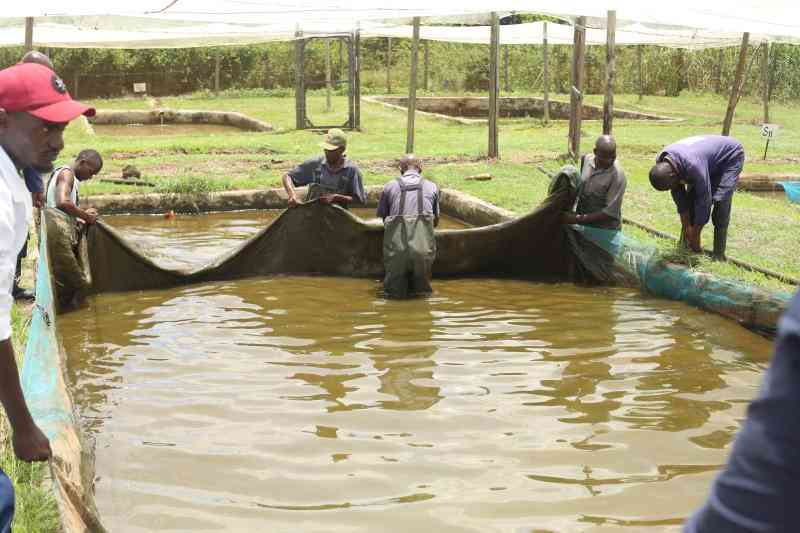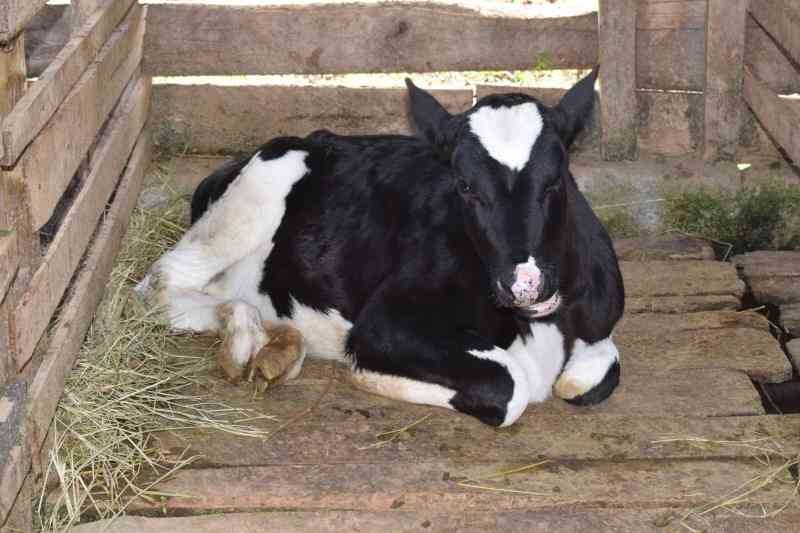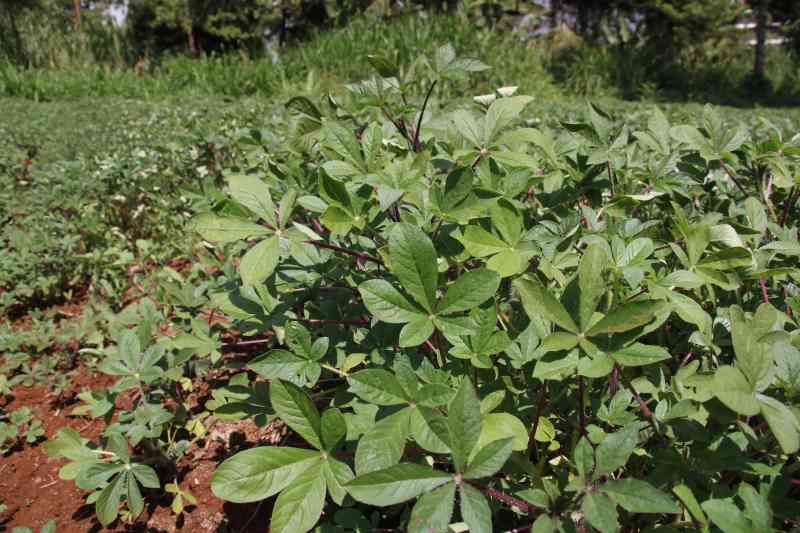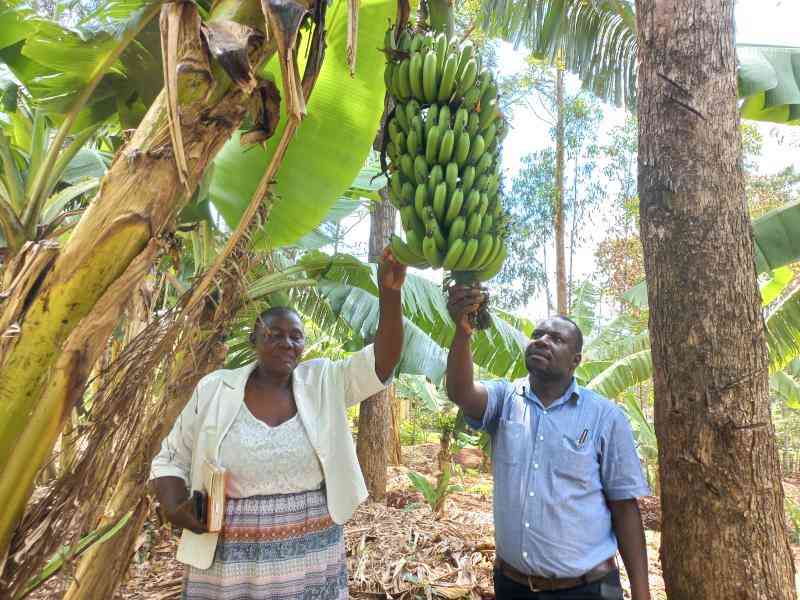Baby corn farming, resembling the cultivation of maize, has become increasingly popular in Kenya. Initially intended for export markets, baby corn is now swiftly gaining acceptance in local diets as a vegetable, making it a promising venture for farmers seeking quick returns.
Baby corn is harvested from corn/maize plants before they develop seeds, necessitating the use of specific seeds tailored for its production.
In Kenya, various varieties, including Thai Gold, G-5414, Panar, Baby Asian, Kalahari, Silver Queen, Extra Sweet, Early Sunglow, and Kandy Corn, are cultivated to meet different market demands.
Justus Mugendi, a farmer managing a one-acre plot where he periodically grows baby corn, maize, and vegetables, attests to the labor-intensive nature of baby corn farming. The key to a successful harvest lies in meticulous care from planting to harvesting.
Land preparation for baby corn mirrors that of maize. The corn plants require essential nutrients—nitrogen, phosphorus, and potassium—soon after germination to facilitate the growth of stems, leaves, and ear structures.
Baby corn thrives in warm temperatures and well-drained soil, making locations with abundant sunlight ideal. The recommended soil pH for baby corn cultivation ranges between 6.0 and 7.5.
Land preparation involves early plowing, weed removal, and harrowing to achieve a suitable tilth for corn production. Mugendi suggests applying 12.5 tons of well-decomposed organic manure 30 days before planting.
Propagation is done through seeds, with specific seed rates and spacing recommended. Fertiliser application, weed control, and regular monitoring for pests and diseases are crucial aspects of successful baby corn farming. Adequate and consistent watering is essential during the growing season.
Harvesting occurs when the corn is still immature and the cobs are tender. Baby corn typically matures between 45 and 60 days, with harvest taking place when the ears are about five to 10 cm long and eight to 16 mm in diameter at the base. Post-harvest handling involves careful sorting and packing for transportation to markets.
Mugendi advises farmers to identify potential markets for their baby corn, including local markets, grocery stores, and restaurants.
Sharing his success, he notes that baby corn, starting from 200 grams, can be sold at Sh60. Additionally, Mugendi generates extra income by selling fodder from the plants.
In conclusion, baby corn farming proves to be a lucrative venture for Kenyan farmers, offering a versatile crop that caters to both local and export markets.
With its relatively quick maturation period and increasing local demand, baby corn presents an attractive option for those seeking profitable agricultural endeavors.
Want to get latest farming tips and videos?
Join Us
 The Standard Group Plc is a multi-media organization
with investments in media platforms spanning newspaper print operations,
television, radio broadcasting, digital and online services. The Standard Group
is recognized as a leading multi-media house in Kenya with a key influence in
matters of national and international interest.
The Standard Group Plc is a multi-media organization
with investments in media platforms spanning newspaper print operations,
television, radio broadcasting, digital and online services. The Standard Group
is recognized as a leading multi-media house in Kenya with a key influence in
matters of national and international interest.
 The Standard Group Plc is a multi-media organization
with investments in media platforms spanning newspaper print operations,
television, radio broadcasting, digital and online services. The Standard Group
is recognized as a leading multi-media house in Kenya with a key influence in
matters of national and international interest.
The Standard Group Plc is a multi-media organization
with investments in media platforms spanning newspaper print operations,
television, radio broadcasting, digital and online services. The Standard Group
is recognized as a leading multi-media house in Kenya with a key influence in
matters of national and international interest.







